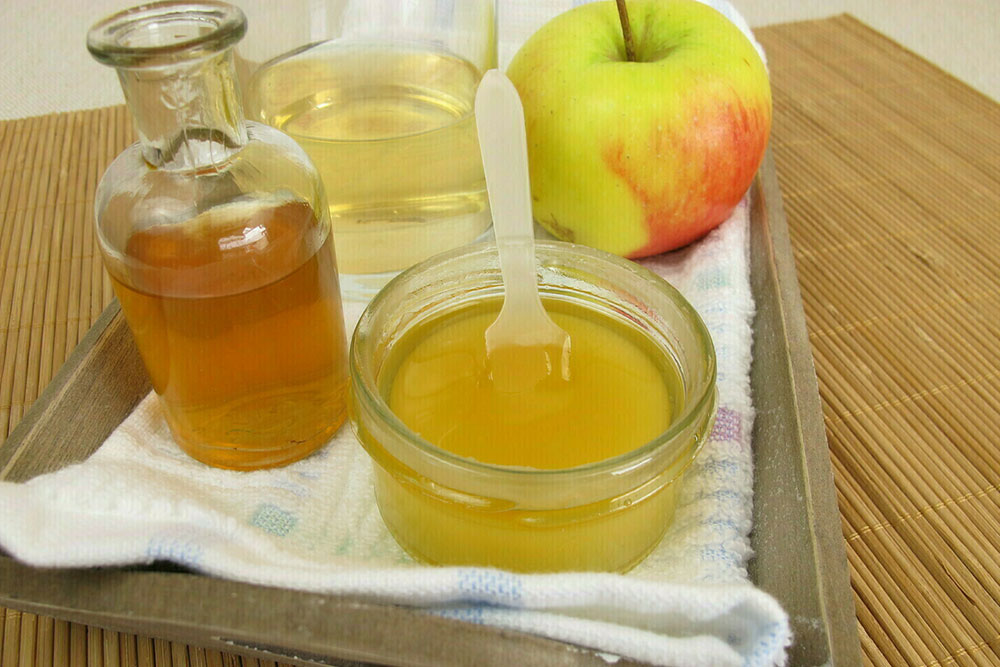13 kitchen ingredients to manage ticks and fleas on dogs

Pet owners know the constant battle against ticks and fleas. These tiny pests pose a persistent threat to the well-being of dogs, causing discomfort and various health issues. While numerous commercial products can solve this problem, not all may be suitable for one’s pet. Instead, one can use kitchen ingredients to manage ticks and fleas and bring comfort to one’s furry friend. These home remedies are not only safe and natural but also highly effective.
How do ticks and fleas affect dogs?
Tick and flea bites cause itching and trigger a cycle of incessant scratching in dogs. This, in turn, gives rise to a range of problems. The allergic reactions triggered by flea saliva can manifest as skin redness, swelling, lesions, and welts. Moreover, if the dog ingests these fleas, it can lead to tapeworm infections. Ticks and fleas lay eggs in hard-to-reach areas, such as cracks in floorboards. This makes their eradication more challenging. Beyond the direct impact on the dog’s health, the relentless scratching also causes hair fall, leaving dogs with patchy coats, and dead skin accumulates. Effective and timely remedies can break the cycle of discomfort, allergic reactions, and potential health risks associated with these troublesome pests.







